| Model: | MOS 55268-74-1 |
| Place of Origin: | Shandong,China (Mainland) |
| Molecular formula: | C19H24N2O2 |
| Molecular weight: | 312.41 |
| Melting point: | 136-138°C |
| Storage condition: | -20°C |
| Hazard Codes: | F,C |
| WGK Germany: | 1 |
| Safety Statements: | 16-26-36/37/39-45 |
| Risk Statements: | 11-34 |
| RTECS: | UQ4150000 |
- Have any questions?
- +86-189 8930 5995
- sales@mosinterchem.com.cn
Praziquantel CAS 55268-74-1

Albendazole CAS 54965-21-8
04/12/2018
Ivermectin CAS 70288-86-7
04/12/2018Praziquantel ( CAS: 55268-74-1)
| Item | Index |
| Molecular Formula | C19H24N2O2 |
| Molecular weight | 312.41 |
| Specification | CP/USP/EP |
| Appearance | White or off-white crystalline powder |
| Melting point | 136-138 °C |
| Storage Condition | −20°C |
Praziquantel (Biltricide) is an anthelmintic effective against flatworms. Praziquantel is not licensed for use
in humans in theUK; it is, however, available as a veterinary anthelmintic, and is available for use in humans
on a named-patient basis.
It is on the World Health Organization’s List of Essential Medicines, a list of the most important medications
needed in a basic health system.
Medical uses
Praziquantel is used to treat diseases in humans, mammals, and fish that are caused by infection with several
types of internal/gastrointestinal, and external parasites including the following:
• Salmon poisoning disease
• Hydatid disease caused by infection of various organs with larval stages of tapeworms of the genus Echinococcus
• Cysticercosis caused by infection of the brain and/or muscles with the eggs and larvae of the pork tapeworm
Taenia solium (though it has been judged less effective than albendazole in treatment of neurocysticercosis)
• Feline taeniasis caused in cats by gastrointestinal infection with adult tapeworms of the species Taenia
taeniaeformis; used either alone or in combination with pyrantel pamoate
• Toxocariasis in cats and dogs whose gut is infected with the roundworms/nematodes Toxocara cati or
Toxocara canis respectively; use is often combined with pyrantel
• Schistosomiasis caused by trematodes of the genus Schistosoma. As of 2005, praziquantel is the
primary treatment for human schistosomiasis, for which it is usually effective in a single dose.
• Clonorchiasis brought on by the Chinese liver fluke Clonorchis sinensis
• Paragonimiasis caused by infection with lung flukes, mostly of the species Paragonimus westermani.
• Fasciolopsiasis caused by intestinal fluke Fasciolopsis buski.
• Diplozoon paradoxum and other Trematoda infections of many fish species.
Mechanism of action
The mode of action is not exactly known at present, there is experimental evidence that praziquantel increases
the permeability of the membranes of schistosome cells towards calcium ions. The drug thereby induces
contraction of the parasites, resulting in paralysis in the contracted state. The dying parasites are dislodged
from their site of action in the host organism and may enter systemic circulation or may be destroyed by host
immune reaction (phagocytosis). Additional mechanisms including focal disintegrations and disturbances of
oviposition (laying of eggs) are seen in other types of sensitive parasites.
Another hypothesis concerning the mechanism of action of praziquantel has been recently reported. The drug
seems to interfere with adenosine uptake in cultured worms. This effect may have therapeutical relevance
given that the schistosome, as the taenia and the echinococcus (other praziquantel sensitive parasites), is
unable to synthesize purines such as adenosine de novo.
Bayer’s Animal Health Division website states, “Praziquantel is active against cestodes (tapeworms). Praziquantel
is absorbed, metabolized in the liver and excreted in the bile. Upon entering the digestive tract from the bile,
cestocidal activity is exhibited. Following exposure to praziquantel, the tapeworm loses its ability to resist digestion
by the mammalian host. Because of this, whole tapeworms, including the scolices (plural of “scolex”), are very
rarely passed after administration of praziquantel. In many instances only disintegrated and partially digested pieces
of tapeworms will be seen in the stool. The majority of tapeworms are digested and are not found in the feces.”
Praziquantel is administered as a racemate, but only the (R)-enantiomer is biologically active; the enantiomers may
be separated using a resolution of an amine obtained from praziquantel.
Pharmacokinetics
Praziquantel is well absorbed (approximately 80%) from the gastrointestinal tract. However, due to extensive first-pass
metabolism, only a relatively small amount enters systemic circulation. Praziquantel has a serum half-life of 0.8 to 1.5
hours in adults with normal renal and liver function. Metabolites have a half-life of 4 to 5 hours. In patients with
significantly impaired liver function (Child Pugh classes B ll///d C), the serum half-life is increased to 3 to 8 hours.
Praziquantel and its metabolites are mainly excreted renally; within 24 hours after a single oral dose, 70 to 80% is
found in urine, but less than 0.1% as the unchanged drug. Praziquantel is metabolized through the cytochrome P450
pathway via CYP3A4. Agents that induce or inhibitCYP3A4 such as phenytoin, rifampin, and azole antifungals
will affect the metabolism of praziquantel.
Praziquantel has a particularly dramatic effect on patients with schistosomiasis. Studies of those treated have shown
that within six months of receiving a dose of praziquantel, up to 90% of the damage done to internal organs due to
schistosomiasis infection can be reversed.
You must be logged in to post a review.

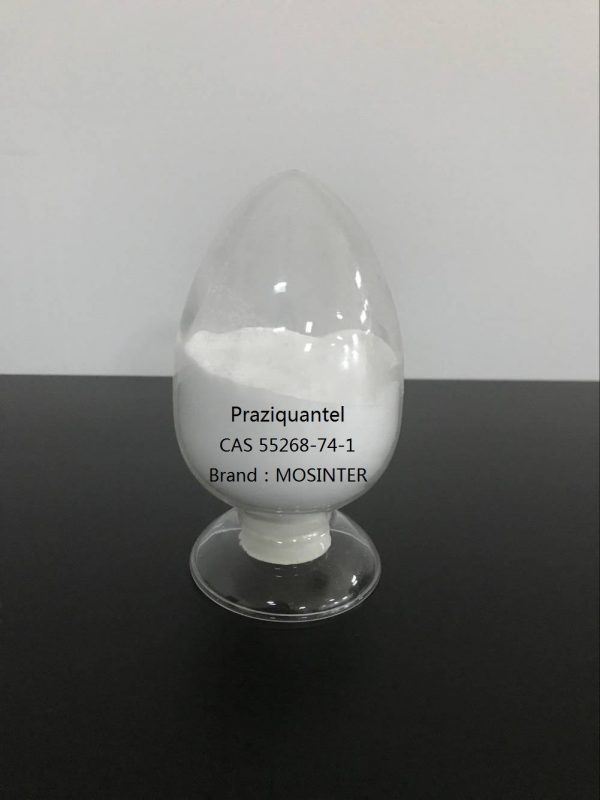
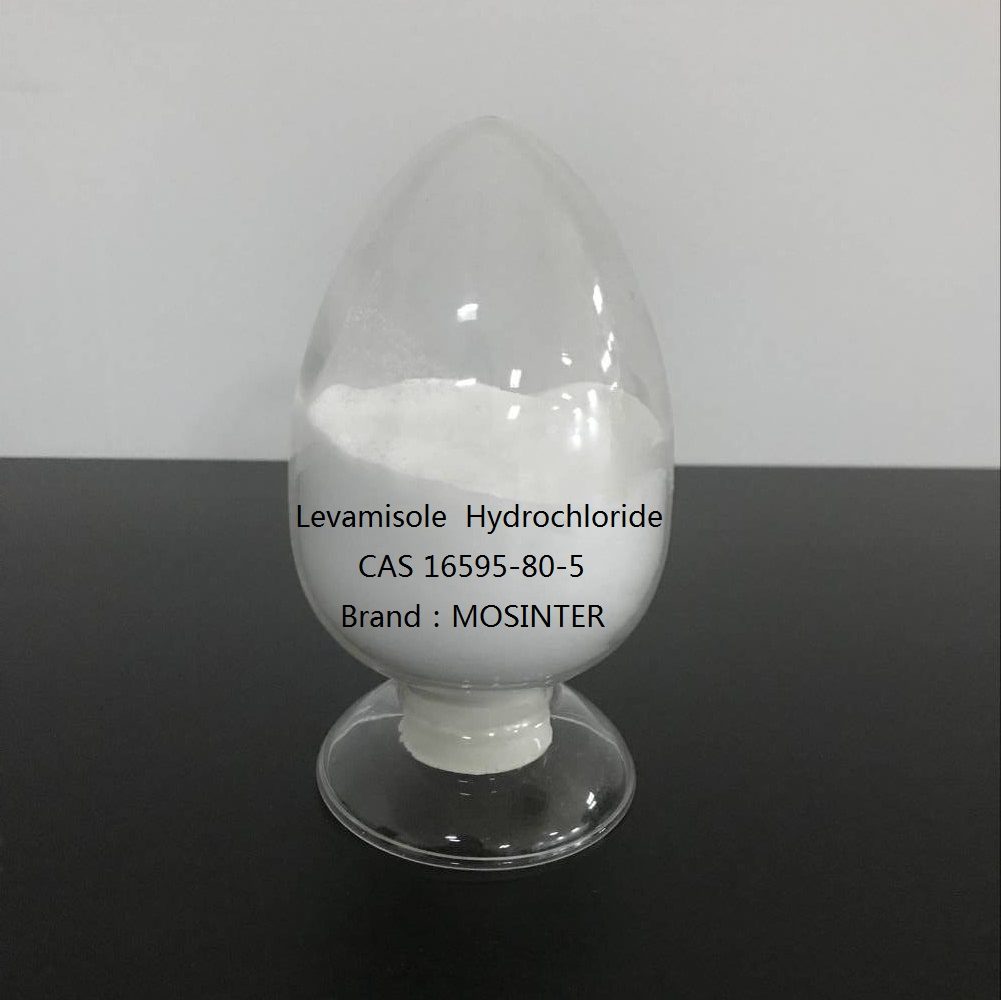
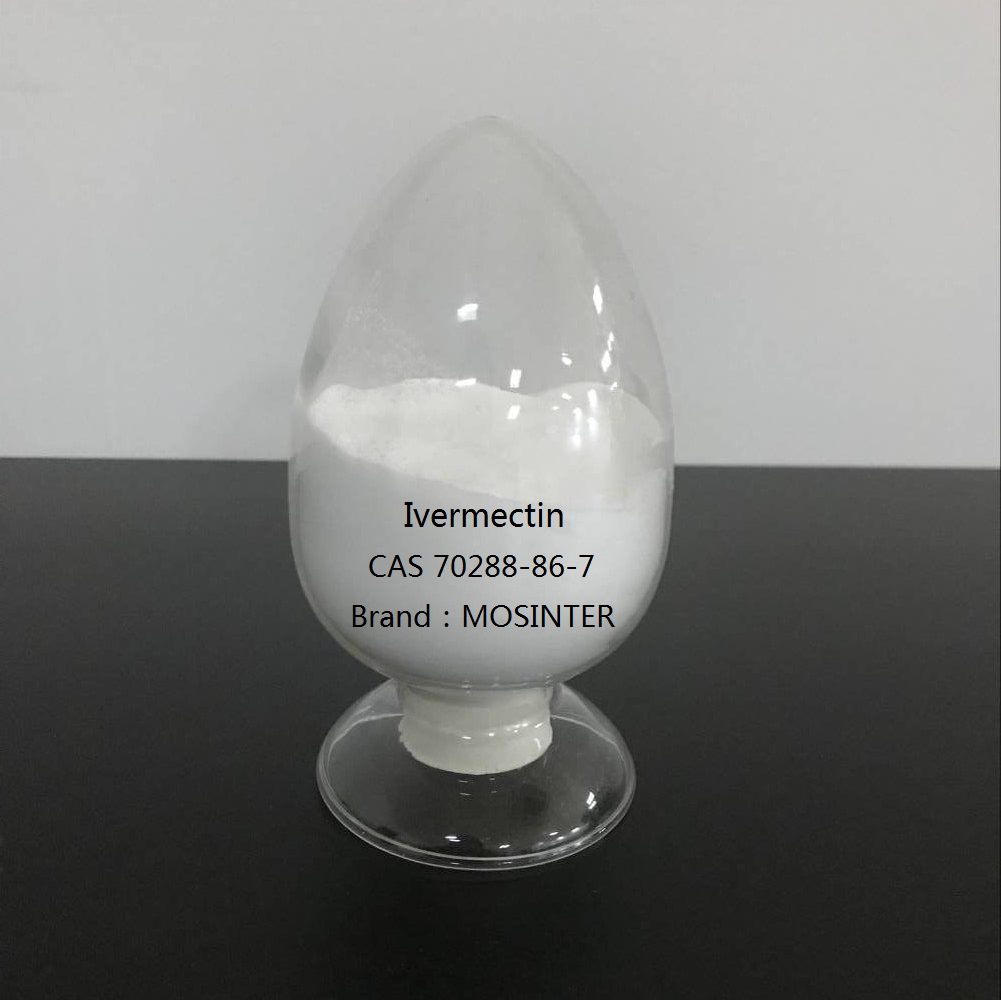
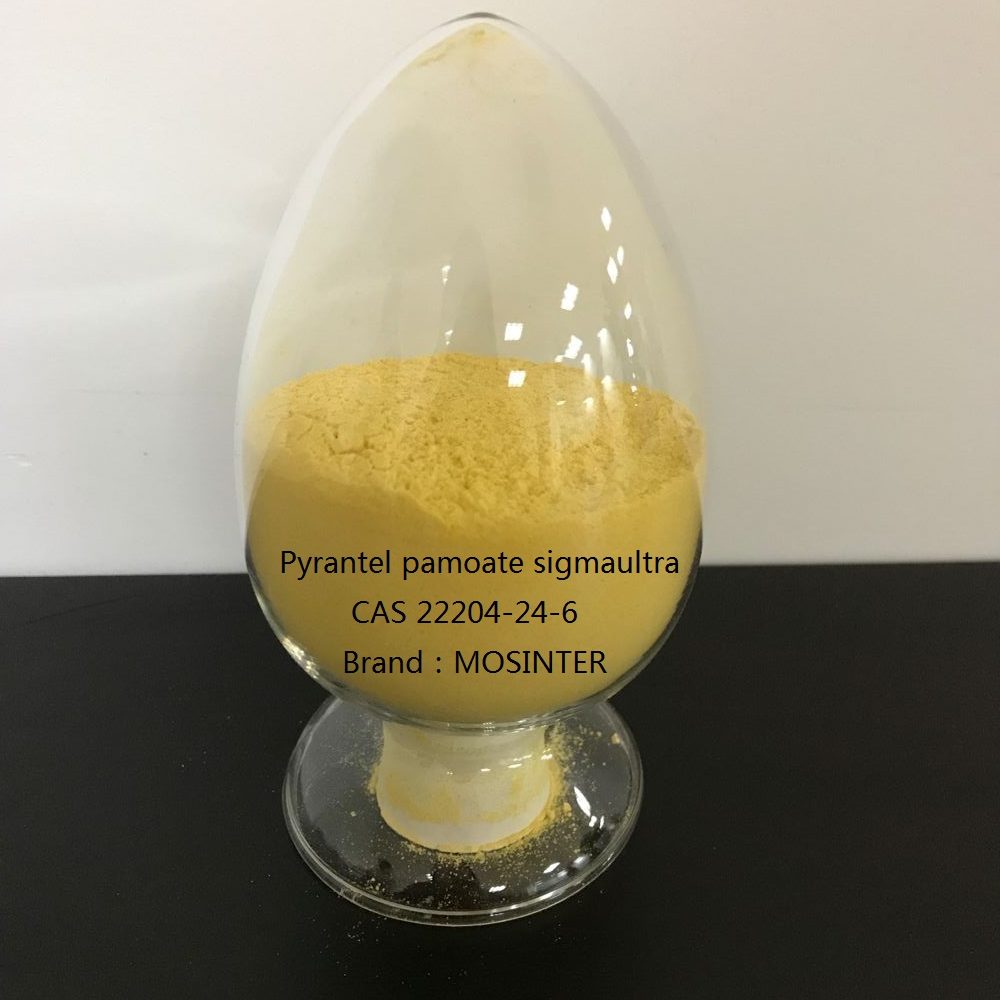
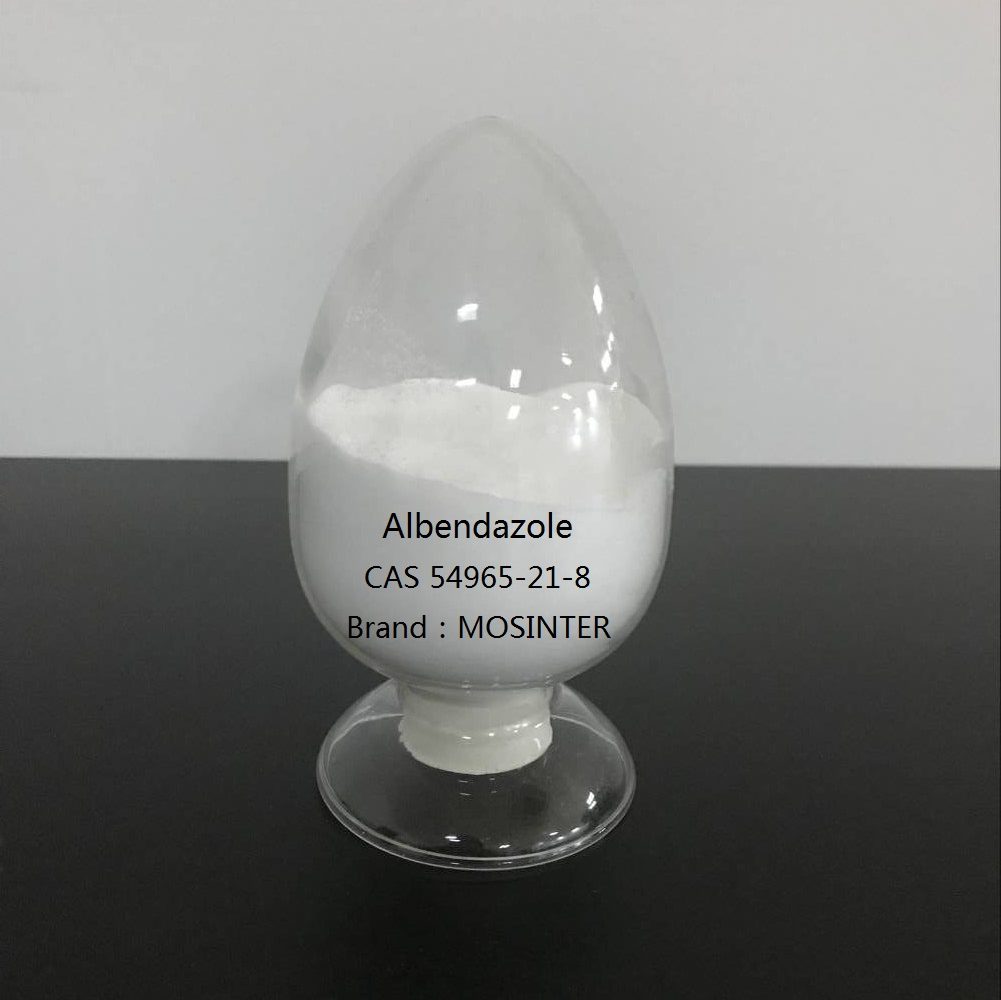
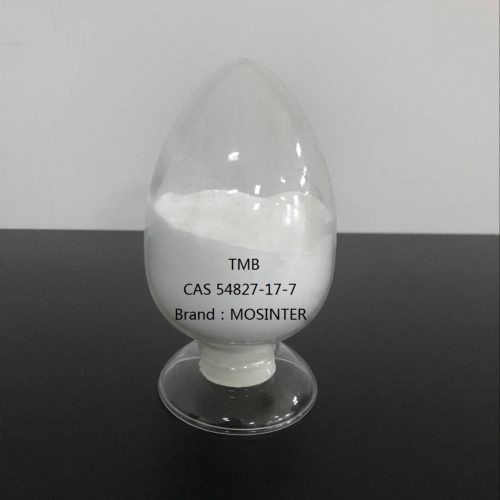
Reviews
There are no reviews yet.